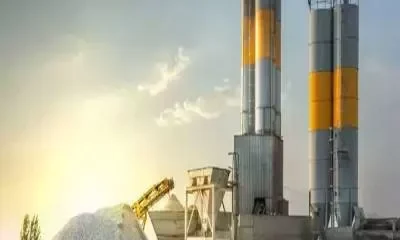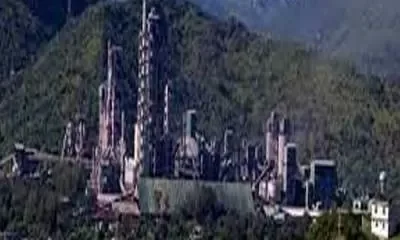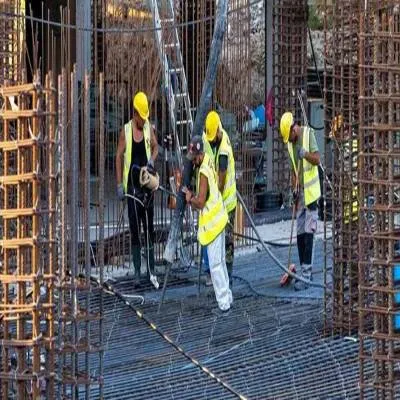India’s cement industry is expected to record steady growth over the coming years, with cement volumes projected to expand by 6–7 per cent in FY27, supported by sustained demand from the housing and infrastructure sectors, according to a report by rating agency ICRA.
The agency said the sector is likely to maintain healthy momentum after registering growth of 6.5–7.5 per cent in FY26, despite a higher base in the second half of FY25. Cement demand remained strong in the current financial year, with volumes increasing by 8.5 per cent during the first eight months of FY26, driven by robust construction activity across regions.
ICRA expects demand to strengthen further in the second half of FY26 as construction activity accelerates after the monsoon. Continued government focus on infrastructure spending and the possibility of a reduction in goods and services tax on cement are also expected to support demand through FY26 and FY27.
Against this favourable demand backdrop, cement manufacturers are continuing to expand capacity through both organic and inorganic routes to strengthen their market positions. The industry is estimated to add 85–90 million tonnes per annum of capacity during FY26–FY27, including around 43–45 million tonnes per annum in FY26 and a further 42–44 million tonnes per annum in FY27.
Commenting on the outlook, Anupama Reddy, Vice President and Co-Group Head, Corporate Ratings at ICRA, said sector profitability is expected to improve significantly in FY26, supported by better pricing and higher volumes. Operating profit before interest, depreciation, tax and amortisation per tonne is projected to rise to around Rs 900–950 per tonne in FY26, compared with Rs 810 per tonne in FY25.
However, ICRA expects some moderation in earnings in FY27 due to rising input costs. Operating profit per tonne is estimated at Rs 880–930 in FY27, as costs related to pet coke and freight are likely to increase and remain influenced by global crude oil prices and geopolitical developments.
On a regional basis, North and Central India are expected to report capacity utilisation levels above the national average, while the southern region may continue to see relatively moderate utilisation due to existing capacity overhang. ICRA noted that recent merger and acquisition activity in the southern market has helped large players strengthen their regional and pan-India presence.
Overall capacity utilisation for the cement industry is projected to remain stable at around 70–71 per cent in FY27, broadly in line with FY26 levels, albeit on an expanded capacity base.
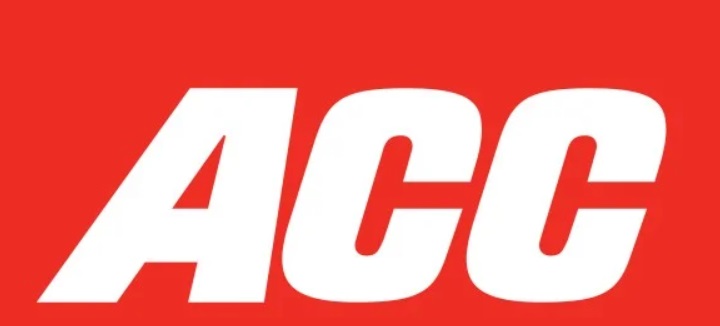
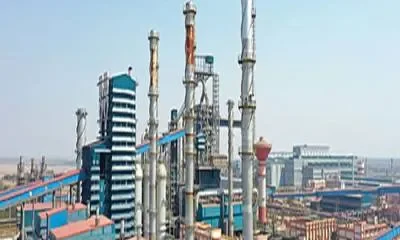
 Uncategorized3 weeks ago
Uncategorized3 weeks ago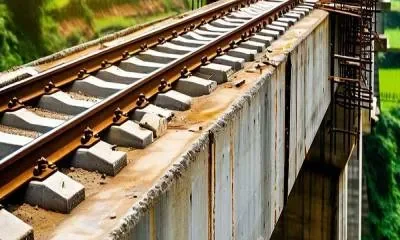
 Concrete4 weeks ago
Concrete4 weeks ago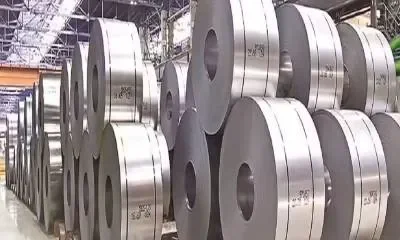
 Uncategorized3 weeks ago
Uncategorized3 weeks ago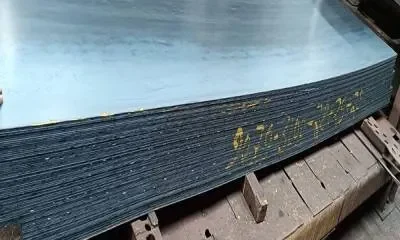
 Uncategorized3 weeks ago
Uncategorized3 weeks ago








